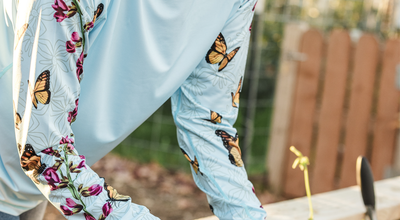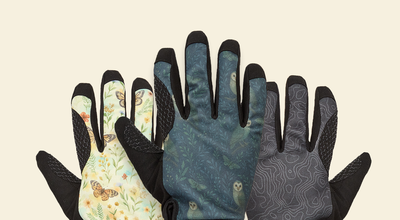Gardening Activities for the Long Weekend
Summer is in full swing, and we have been blessed with a long weekend to catch up on all those gardening tasks that have started piling up.
A time of abundance, Summer is the season of plenty: plenty of plants, plenty of fruit, but also plenty of weeds and plenty of chores. Here’s a list of gardening activities that will keep you busy this weekend to help you catch up on the mountain of to-do’s and prepare your garden for the new season that is slowly creeping upon us, Fall.
Harvesting
Many plants and fruit will be ready to harvest around this year. Harvesting crops as soon as they ripen will encourage your plants to produce a second harvest. Regular harvesting will free up space and energy on the plant for produce to take its place. Allowing your plants to over-ripen will slow down the plant's growth, and the second crop will develop much later, or not at all.
Remember to harvest early in the morning or late in the evening—when the sun is not in the sky. Water starts evaporating as soon as the sun’s rays touch your garden. This means that water from your fruits and vegetables is lost—making the leaves less crunchy and the fruits less juicy. The more water there is in your product when you harvest—the longer it will last in your kitchen.
Weeding
Weeds seem to thrive in the harsh conditions that many vegetables struggle in. This leads to a boom of weeds in midsummer when most of your plants are maturing for harvest. It’s essential to keep an eye on the carpet of green that creeps its way uninvited into your garden. As soon as you see a flower, it's time to take action (if it’s not already too late). Weeds are really good at spreading their seeds, and as soon as there is a flower, you can be sure that you will see that weed in your garden for seasons to come.
Weeds are not all bad. Most weeds have developed special techniques to tap into nutrients that aren’t available to most of our fruits and veggies. Fermenting the weeds in a bucket of water for a month will give you (and your garden) access to these vital nutrients that the weeds have accumulated. Fermenting the weeds also ensures that any flower heads and seeds you have collected will be destroyed. After a month of fermentation, you will have a bucket of very concentrated fertilizer that you can mix with water and apply to the soil or the leaves of the plants to give your garden access to all of the nutrients the weeds were able to collect.
Saving Seeds
As your fruits and vegetables ripen, it’s time to start thinking about which plants you want to grow again next season. Saving seeds from a few of your favorite plants will save you some money when you buy seeds for next season and allow you to start developing your own varieties. Collecting seeds is different for each type of plant you are growing, but one thing they all have in common is the first step: choose the best (most superior) fruit or flower to collect the seeds from. Healthier plants produce healthier seeds, as many diseases can be passed on from the mother plant to the seed.
Seeds should only be collected once the fruit or flower has matured completely. For peppers, that means that they have developed their color completely and even started to dry out on the plant. For broccoli, that means once the seed pods have dried out and are brittle enough to break with a light touch. In the case of corn, it means once the cobs have dried out entirely on the plant and the kernels are as hard as little stones.
Saving your own seeds saves you money and is a step up on the ladder of self-sufficiency.
Planting
As your summer vegetables reach the end of their lifespan, it’s time to start clearing out the old crops and start planting winter veg. If you are in a warm region, you can plant another short season of summer crops like leafy greens.
Fall is just around the corner, so it’s time to start preparing for the next season of crops. Cool season crops that you can get started in seedling trays include Brassicas like Brussel Sprouts, Cabbage, Mustard greens, Kale, and Broccoli; Alliums like Onions, Spring onions, garlic, chives, and leeks; Leafy greens like Asian greens, lettuce, Swiss chard, and rocket; Herbs like Sage, Caraway, Coriander, Lavender, Marjoram, and Oregano; and Flowers like Calendula, Echinacea, California poppy, Cornflower, Scented Pelargonium, Pansy, Carnation, and Dianthus.












